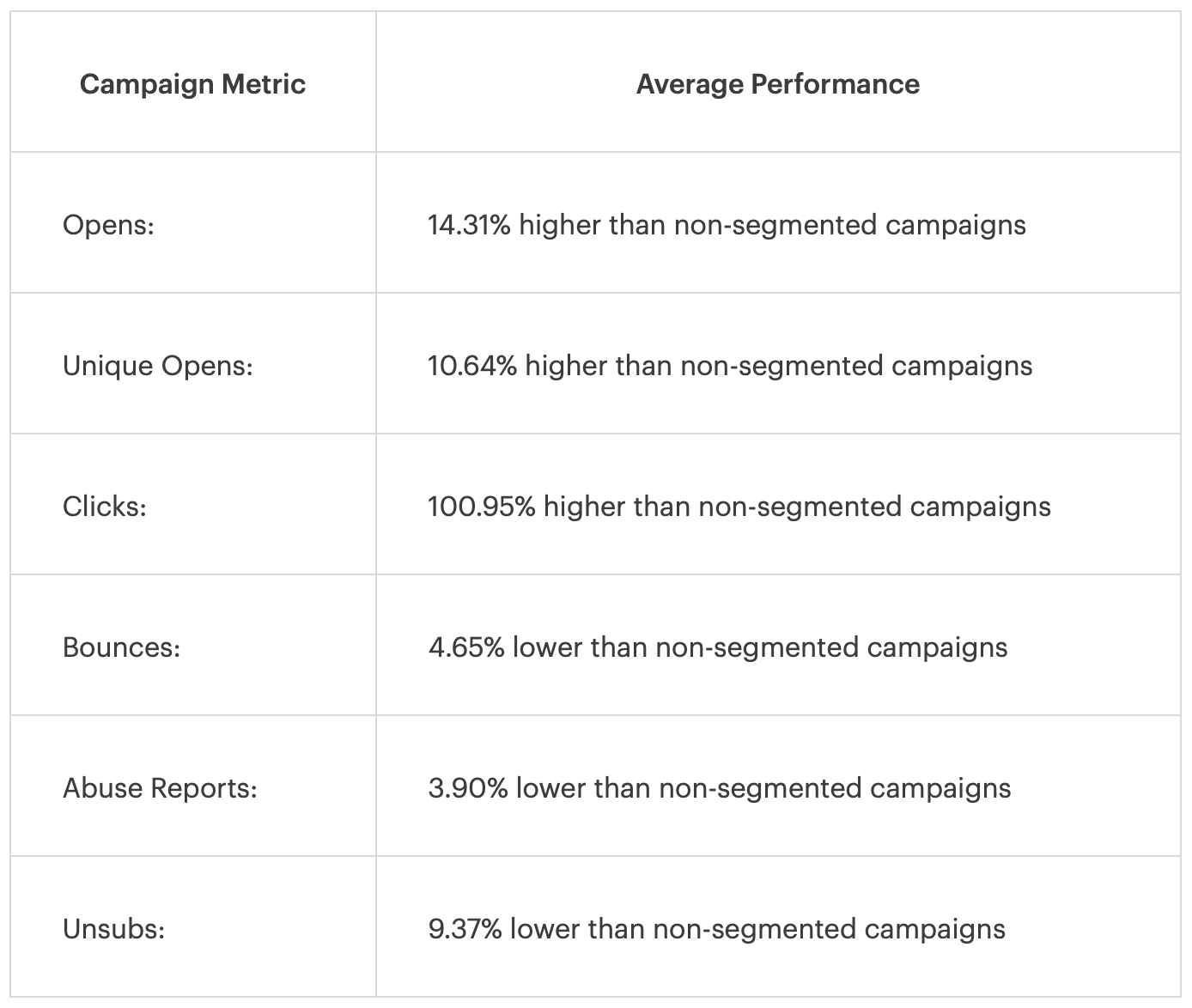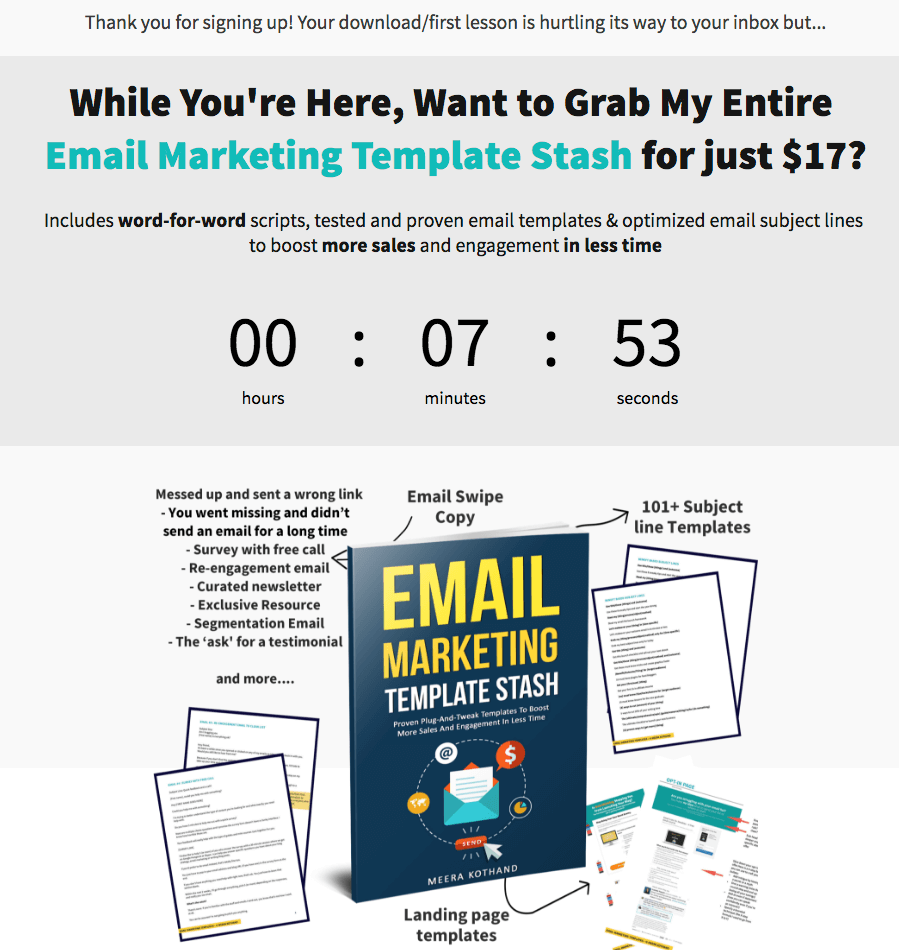We always hear about the importance of doing lead generation as marketers. And you’ll find everyone and their uncle giving tips and tricks on how to generate the most leads on a budget or on any platform you can imagine.
But nobody seems to be showing you what to do after lead generation. After all, once you get those leads, you need a clear-cut strategy on ways to nurture and prime them enough to convert into a sale.
It’s common knowledge that leads don’t turn into money-giving clients or customers right away. In fact, not all your leads may even ever convert. Regardless, some leads only require further nurturing and priming before they’re convinced that your product or service is worth it.
So you’ll need to know exactly what to do to get leads going from interested subscribers to full-fledged paying customers. To help you do just that and optimize your lead conversions, look no further than this guide of 7 easy ways to make the most of your leads.
Have a clear buyer’s journey
First and foremost, you need to have a clear buyer’s journey in order to make the most of your lead generation tactics. A buyer journey will tell you what leads may currently be thinking or wondering about, so you know exactly what messages to send them after they first sign up and turn into a lead.
Generally, a buyer’s journey is your Know-Like-Trust journey, but the end goal is of course to get leads to convert into a sale.
You may already have all these ideas and strategies that are reeling in those leads into your email list. So take it one step further.
What are things these new leads ought to now know about your business or expertise in order to like you? And what about things they need to see in order to trust you – enough to actually pay you?
This buyer’s journey is also crucial in that you’re able to determine whether or not a lead is ready to convert. Asking for a sale too fast can be exactly what’s killing your conversions.
Generally, the more complex your product is or the higher it’s priced, the longer your leads might need before they can truly commit and turn into a sale. Because of this, think of different stages that your ideal customer may find themselves in, and then plot out content that will not only address their needs during that stage but then take them further down the journey.
Segment your list
Next, segmenting your list is one of the best ways to practice lead nurturing. Consumers expect that they receive personalized offers from the brands and services they subscribe to, so it’s only fitting that you fit consumers into relevant segments within your own audience.
In 2017, Mailchimp published their findings about how segmentation affected email campaign performance. They repeatedly found that sending segmented, personalized emails led to higher open and unique open rates (up to 14.31% higher), up to 100% higher click rates, and up to 9% lower unsubscribe rates.

One simple way to start segmenting your list is via your lead offers on your website. As a simple example, if you run a clothing brand that caters to both men and women, you can create tailored offers for men and for women, where they are later sent into segments in your list.
This way, you’re able to send, say, male leads customized offers on your men’s apparel collections.
But other than interests, there are other factors you can use in your list segmentation efforts. Here are a few ways by which you can segment your leads:
- Job title: By creating offers and messaging tailored to a specific job title (e.g. “marketer” or “sales manager”), you can show leads within this segment exactly how your product or offer benefits them.
- Geographic location: Depending on how you run your business, you may be able to segment leads via a broad scope, such as their country of residence or operation, then create unique offers (e.g. pricing in their local currency, etc.). Or you can even be as specific as their city or ZIP code to conduct geo-targeted offers (e.g. promotions in specific branches, etc.)
- Subscriber activity: Say a fitness company sent out an email promoting a 5-day free fitness challenge to their list. They can take the subscribers who clicked and joined the challenge and group them under a segment called Subscribed to Challenge. This way, the company knows they would probably enjoy future challenges, and can even be primed to purchase a premium offer, such as a 4-week paid fitness program.
Over time, as you send out more campaigns and conduct more marketing experiments, you’ll find that more segments within your customer base emerge. This way, you’re able to learn more about each customer that you’re able to send a completely personalized offer every single time – thus upping your chances of getting that sale.
Drip’ your freemiums
When you offer a freebie to your leads, it may benefit you to drip them out instead of giving everything you have to offer right away. This is because clients and customers often expect a lot after their first interaction, so you can keep them hooked to your business by sending them through a drip campaign.
Take a photography business for example. Photography businesses might share a small set of photos with their client at first, but then choose to slowly give them full access to file storage after they’ve moved farther along in the sales funnel.
As best practice, the frequency that you send out your freemiums varies depending on your offer. Here are other examples of ways to drip your freemium offers:
- Letting users sign up for a free 14-day trial: In between, you send them a drip campaign containing 5 emails spread over 2 weeks, with different tips on how to maximize their use of your product. At the end of the 2 weeks, right before their trial period is over, you can ask users to subscribe to the premium version and get continued access to the features they learned about in your drip campaign.
- A 7-day email course: Take users through a simple step-by-step course with one main lesson and key takeaway per day. You then end the course with a pitch about your premium offer, e.g. a full program or course.
- Added value to your lead magnet: After a user signs up for a main lead magnet on your site, you can enroll them into a welcome email campaign that tells them more about your company and offers. Then your final email in the welcome series can include another surprise freebie that builds up on the benefits that your main lead magnet offers.
Use post-conversion landing pages
After a user signs up for your lead magnet, the page they land on after that sign-up page can be a huge part of your lead nurturing strategy.
Consider optimizing your post-conversion landing pages to lead people to take more action with your brand. Some examples of these are: showing users a resource list of top blog posts from your site they might not have seen yet, inviting users to follow you on your social media accounts or a private-access community your brand might have.
Perhaps you can invite them to an upcoming webinar you’re hosting, or you can even offer a low-cost tripwire that sells a premium product at an insanely great price.
Generally, keep your post-conversion landing pages simple and short. Have only one main CTA for each, ideally related to the main lead magnet that your user just signed up for. Your goal is to offer added value to leads who may just be signing up for the first time.
With this strategy, you get leads interacting with your business even more than they would after a simple signup. This keeps them warm, and the longer you warm up those leads, the more likely you are to make the sale.

Score your leads
Lead scoring is one of the best ways to make the most out of your leads and lead nurturing campaigns. This process is exactly as it sounds: you score your leads to determine who exactly are ready to be moved on to the next stage of your sales funnel.
Leads get additional positive scores for every positive interaction they have with your brand – say, signing up for a webinar or clicking a link to a sales page – but leads can also get negative scores for certain attributes – like being an intern or college student.
This points to the importance of how data analytics plays a major role in the success of marketing campaigns. Data-driven campaigns are the future, and lead scoring is a simple and effective way to implement just that, no matter the size of your business.
Work together with your marketing and sales teams to determine a certain minimum score leads ought to have before they’re ready and primed to convert into a sale. If leads still require more points before they’re within the minimum threshold, then you’d know to send them more nurturing campaigns or if they’re not a viable lead at all.

Get creative in saying ‘Thank You’
We mentioned using post-conversion landing pages in a previous tip, but why not take things up a notch with creative ways to thank users for signing up?
Hosting Data’s founder Alex Williams is known for sending a bottle of homemade hot sauce to each customer who buys a web hosting plan through his website. This is incredibly personal and can be a very positive experience for new users.
A genuine and creative way to express gratitude is yet another way that leads users through your Know-Like-Trust cycle. And when leads can tell a business cares about them, they are more likely to want to become a customer.
Retarget your qualified leads when they don’t convert
Last but not least, it’s important not to give up on a lead just because they don’t convert the first time. Most leads will require additional nurturing beyond your first funnel or first promotion before they truly convert.
When this happens – because it will – send them through a retargeting campaign. You can either do this with retargeting ads on social media sites and advertising networks, but you can easily implement retargeting campaigns using email marketing too.
When retargeting using paid ads, be sure you’re advertising on platforms where you’re sure your buyer is. Most advertising platforms like Google AdSense can usually help you distribute your ad in front of your lead when they’re on another website.
Meanwhile, email retargeting can be as simple as sending a follow-up to leads who clicked through to your offer in a previous email.
Using either or both of these tactics can ensure that leads will be reminded about your offer – at least often enough or in different marketing messages for them to be ready to convert. That extra step can be worth it, especially when you get to reel in life-long customers for your brand and business.

Key Takeaways
Lead nurturing is an essential marketing strategy to implement after lead generation. This ensures you’re making the most out of every lead and not just collecting a large list of unqualified or, worse, uninterested users.
Follow the tips above for optimizing your campaigns and marketing assets to make sure you’re creating a lead nurturing campaign that brings your existing efforts to the next level.
About the Author:

Kevin Payne is the Founder of Kevintpayne.com, an inbound marketing agency and HubSpot Partner that helps tech startup founders implement inbound marketing campaign sprints to increase their qualified leads.

